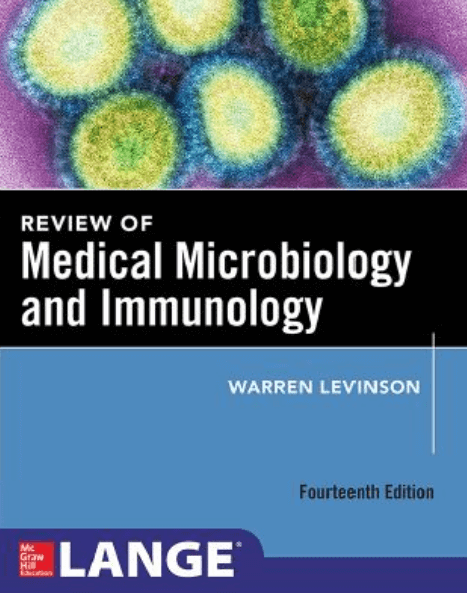

Features a highly readable writing style and practical organization, now with fully revised content and updated images to reflect recent important advances in today’s understanding of the immune system.Provides top-notch instruction from experienced teachers, course directors, and lecturers led by well-known editor and author Dr.Emphasizes clinical aspects of immunology, including disease pathogenesis, the development of novel therapies based on basic science, and an appendix of clinical cases for real-world application.Features of Basic Immunology Functions and Disorders of the Immune System 6th Edition PDF: This focused, easy-to-understand volume uses full-color illustrations and clinical images, useful tables, and practical features such as Summary Point boxes, end-of-chapter review questions, glossary terms, and clinical cases―all designed to help students master this complex topic in the most efficient, effective manner possible.

Meticulously reviewed and updated for today’s medical students, Basic Immunology, 6th Edition, is a concise text expertly written by the same distinguished author team as the best-selling, comprehensive text, Cellular and Molecular Immunology. We have uploaded these PDF and EPUB files to our online file repository so that you can enjoy a safe and blazing-fast downloading experience.

Read the quick review below and download the PDF by using links given at the end of the post. There has also been exciting progress in applying basic principles to understanding and treating human diseases.In this post we have shared an overview and download link of Basic Immunology Functions and Disorders of the Immune System 6th Edition PDF. In addition, we are better able to relate experimental results, using simple models, to the more complex but physiologically relevant issue of host defense against infectious pathogens. As a result, we can now teach our students, with reasonable confidence, how the immune system works. We believe a concise and modern consideration of immunology is now a realistic goal, largely because immunology has matured as a discipline and has now reached the stage when the essential components of the immune system and how they interact in immune responses are understood quite well. Our experience as immunology teachers and course directors has helped us to judge the amount of detailed information that can be usefully included in introductory medical school and undergraduate courses and the value of presenting the principles of immunology in a succinctĪnd clear manner. The previous editions have been enthusiastically received by students in the many courses that we and our colleagues teach, and we have not wavered from the guiding principles on which the book has been based through all the past editions.


 0 kommentar(er)
0 kommentar(er)
